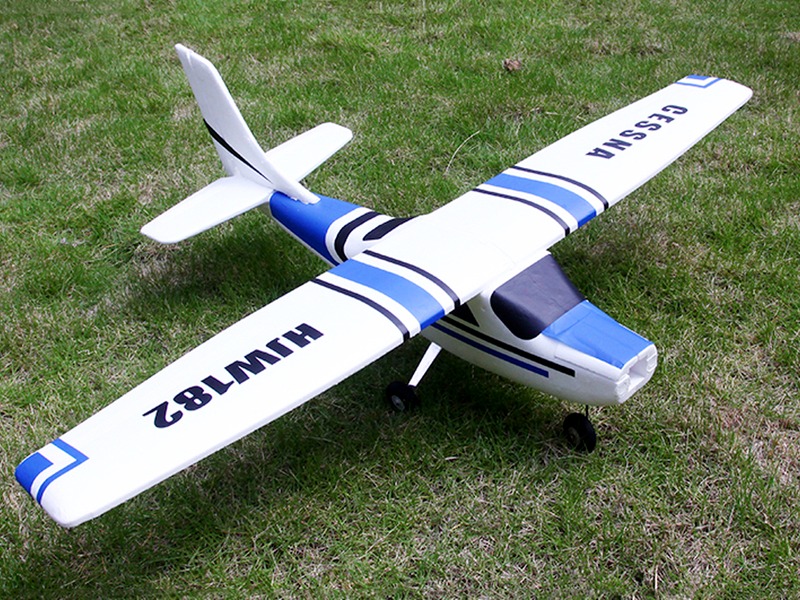Can RC plane break sound barrier?

No, Remote Controlled (RC) planes cannot break the sound barrier. The sound barrier is the point at which an aircraft moves faster than the speed of sound, which is approximately 768 miles per hour (mph) at sea level. This speed is known as Mach 1, and it is a difficult speed to reach and maintain due to aerodynamic forces such as drag and the inability of the plane’s engines to generate enough thrust to propel it.
The speed of sound varies depending on the altitude and atmospheric conditions, and it is much higher in higher altitudes where the air is more rarefied. At the current state of technology, it is impossible for an RC plane to reach speeds required to break the sound barrier. To put it into perspective, the fastest commercial jetliner travels at a maximum speed of Mach 0.85, or around 645 mph.
The main reason why an RC plane cannot break the sound barrier is due to its powerplant, or engine. RC planes use either a glow engine, electric motor, or a small jet turbine. These engines are not powerful enough to generate the thrust required to reach and maintain Mach 1. Even if an RC plane was equipped with a powerful engine, it would still not be able to break the sound barrier due to its aerodynamic properties.
Aerodynamic forces come into play when an RC plane is attempting to reach Mach 1. At such speeds, drag becomes a major factor in reducing the plane’s ability to maintain or accelerate. The wings of an RC plane are not designed to produce the lift required to overcome the drag caused by the air resistance at such speeds.
In addition, the structural integrity of an RC plane would also be an issue. As the plane approaches Mach 1, the air pressure increases significantly, creating immense stresses on the plane’s structure. The wings, fuselage, and other components of the plane may not be able to withstand the forces and could succumb to the pressure.
Given the current technological limitations, an RC plane cannot break the sound barrier. Even if a powerful engine and aerodynamic design were used, it would still be unable to reach and maintain the speed of sound. In order to break the sound barrier, a plane would need to be equipped with a powerful engine capable of generating enough thrust, as well as a highly-advanced aerodynamic design to reduce drag and structural components to withstand the immense air pressure.
Comments / Question
2. Difficulties controlling the plane due to sudden turbulence caused by a shockwave.
3. Injury to any bystanders due to the sonic boom created when the plane breaks the sound barrier. In some areas, sonic booms are illegal.
4. Risk of destabilizing the air around the plane which could lead to a crash.

